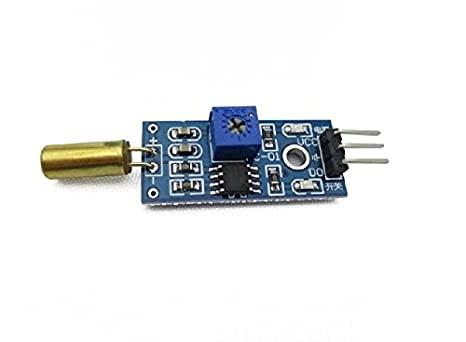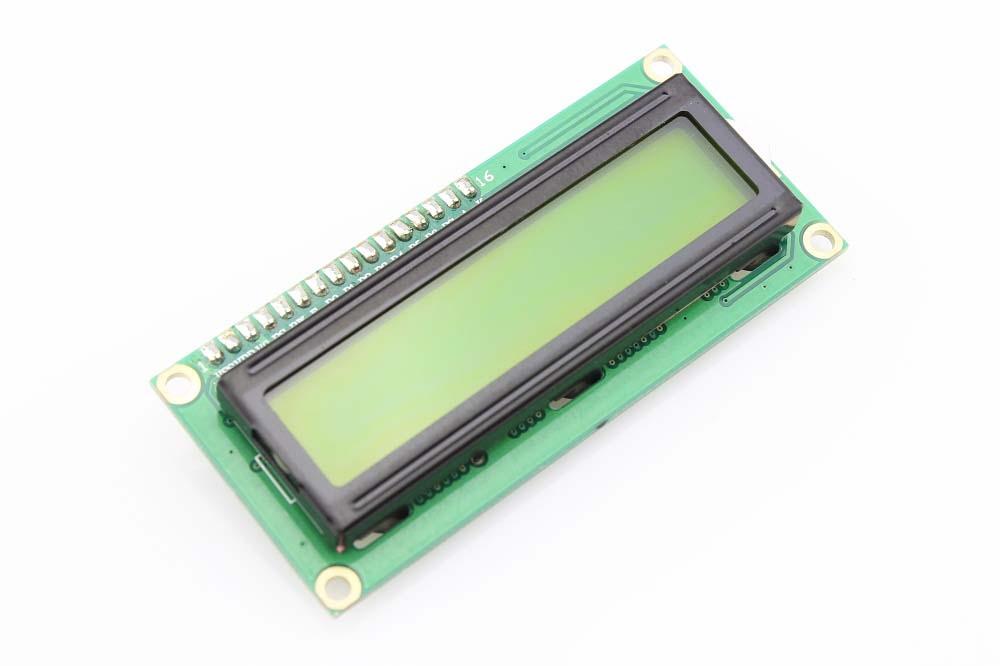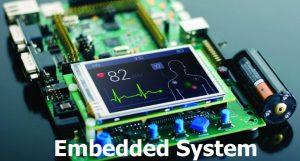ABSTRACT
The purpose of this project was to design and build a low cost device to emulater body motion in a virtual environment. Tracking human motion attracts significant attention from several areas such as animation production, ergonomics, sport medicine, and biomedical analysis. First, it was intended to detect human motion by using accelerometers
However, after conducting many research and experiments, it was concluded that accelerometers have limitations in detecting motion. In other words, one accelerometer alone cannot detect horizontal movements (on any horizontal ring on a sphere) when there is no dynamic acceleration
Proposed Method
This project is to design the hardware of a wireless stand-alone human body motion detector for real time tracking of the sensors in a virtual environment. An accelerometer is a device that converts acceleration into an electrical signal. Both dynamic and static acceleration can be measured using an accelerometer where dynamic acceleration is the acceleration due to any force except for the gravitational force applied on a rigid body and the static acceleration (or gravitational acceleration) is due to the gravitational force. Depend on the tilt value further action will be taken
Components Used
Hardware
1. Arduino
2. Tilt Sensors
3. LCD
Software
arduino ide
embededd system
1
CCIRCUIT DAIGRAM
DEVELOPED BY MIFRATECH
![]()
Identify the PIR motion sensor, LED, resistor, and wires connected to the Arduino.
Drag an Arduino Uno and breadboard from the components panel to the workplane.
Connect breadboard power (+) and ground (-) rails to Arduino 5V and ground (GND), respectively, by clicking to create wires.
Extend power and ground rails to their respective buses on the opposite edge of the breadboard by creating a red wire between both power buses and a black wire between both ground buses.
DESCRIPTION OF COMPONENTS:
ARDUINO UNO
The Arduino Uno is a microcontroller board based on the ATmega328 (datasheet). It has 14 digital input/output pins (of which 6 can be used as PWM outputs), 6 analog inputs, a 16 MHz ceramic resonator, a USB connection, a power jack, an ICSP header, and a reset button. It contains everything needed to support the microcontroller; simply connect it to a computer with a USB cable or power it with a AC-to-DC adapter or battery to get started. The Uno differs from all preceding boards in that it does not use the FTDI USB-to-serial driver chip. Instead, it features the Atmega16U2 (Atmega8U2 up to version R2) programmed as a USB-to-serial converter.
The board has following new features:
· Added SDA and SCL pins that are near to the AREF pins.
· The two other new pins placed near to the RESET pin.
· The IOREF that allow the shields to adapt to the voltage provided from the board. In future, shields will be compatible both with the board that uses the AVR, which operate with 5V and with the Arduino Duo that operate with 3.3V. The second one is a not connected pin, which is reserved for future purposes.
·Stronger RESET circuit.
·Atmega 16U2 replace the 8U2.
Input and Output:
Digital Pins: Each of the 14 digital pins on the Uno can be used as an input or output, using pinMode(), digitalWrite(), and digitalRead() functions. They operate at 5 volts. Each pin can transmit or receive a maximum of 40 mA and has an internal pull-up resistor (disconnected by default) of 20-50 kOhms.
In addition, some pins have specialized functions:
· Serial: 0 (RX) and 1 (TX).
Used to receive (RX) and transmit (TX) TTL serial data. These pins are connected to the corresponding pins of the ATmega8U2 USB-to-TTL Serial chip.
· External Interrupts: 2 and 3. These pins can be configured to trigger an interrupt on a low value, a rising or falling edge, or a change in value. See the attachInterrupt() function for details. · PWM: 3, 5, 6, 9, 10, and 11. Provide 8-bit PWM output with the analogWrite() function.
· SPI: 10 (SS), 11 (MOSI), 12 (MISO), 13 (SCK). These pins support SPI communication using the SPI library.
·LED: 13. There is a built-in LED connected to digital pin 13. When the pin is HIGH value, the LED is on, when the pin is LOW, it's off.
Analog Pins: The arduinouno has 6 analog pins(A0 through A5), each of which provide 10 bits of resolution (i.e. 1024 different values). By default they measure from 0 to 5 volts, though is it possible to change the upper end of their range using the AREF pin and the analogReference() function.
Additionally, some pins have specialized functionality:
TWI: A4 or SDA pin and A5 or SCL pin. Support TWI communication using the Wire library. There are a couple of other pins on the board:
·AREF.Reference voltage for the analog inputs. Used with analogReference().
· Reset. Bring this line LOW to reset the microcontroller. Typically used to add a reset button to shields which block the one on the board.
Summary:
Microcontroller ATmega328
Operating Voltage 5V
Input Voltage (recommended) 7-12V
Input Voltage (limits) 6-20V
Digital I/O Pins 14 (of which 6 provide PWM output)
Analog Input Pins 6 DC
Current per I/O Pin 40 mA DC
Current for 3.3V Pin 50 mA
Flash Memory 32 KB (ATmega328) of which 0.5 KB used by bootloader
SRAM 2 KB (ATmega328)
EEPROM 1 KB (ATmega328)
Clock Speed 16 MHz
Arduino

Arduino is an open-source electronics platform based on easy-to-use hardware and software. Arduino boards are able to read inputs - light on a sensor, a finger on a button, or a Twitter message - and turn it into an output - activating a motor, turning on an LED, publishing something online.
TILT SENSOR

A tilt sensor is an instrument that is used for measuring the tilt in multiple axes of a reference plane. Tilt sensors measure the tilting position with reference to gravity and are used in numerous applications. ... Similar to mercury switches, they may also be known as tilt switches or rolling ball sensors
LCD

A liquid-crystal display (LCD) is a flat-panel display or other electronically modulated optical device that uses the light-modulating properties of liquid crystals combined with polarizers. Liquid crystals do not emit light directly, instead using a backlight or reflector to produce images in color or monochrome.
Software
1. Arduino IDE

The Arduino Integrated Development Environment (IDE) is a cross-platform application (for Windows, macOS, Linux) that is written in functions from C and C++. It is used to write and upload programs to Arduino compatible boards, but also, with the help of third-party cores, other vendor development boards.

Embedded C is a set of language extensions for the C programming language by the C Standards Committee to address commonality issues that exist between C extensions for different embedded systems
engineering final year project
engineering final year projects
engineering final year projects cse
engineering final year projects ece
engineering final year projects for computer science
engineering final year project report pdf
engineering final year project ideas
engineering final year project report
engineering final year projects mechanical
mechanical engineering final year project analysis
aeronautical engineering final year project ideas
automobile engineering final year project report pdf
final year project aerospace engineering
agricultural engineering final year project topics
final year project automobile engineering
aerospace engineering final year project ideas
automotive engineering final year project ideas
mechanical engineering final year project boiler
final year project biomedical engineering
civil engineering final year project on residential building
be mechanical engineering final year project
be civil engineering final year project topics
bsc software engineering final year project
bs civil engineering final year project
best final year engineering project
engineering final year project ideas for computer science
computer engineering final year project
final year project civil engineering
civil engineering final year project topics
chemical engineering final year project
chemical engineering final year project report pdf
civil engineering final year project report pdf
computer engineering final year project topics
mechanical engineering final year project pdf download
engineering degree final year project
diploma computer engineering final year project topics
diploma civil engineering final year project topics
diploma mechanical engineering final year project
diploma electrical engineering final year project
final year project electrical engineering degree
final year design project chemical engineering
engineering final year electrical project
engineering final year project report example
electrical engineering final year project ppt
electrical engineering final year project ideas
electrical engineering final year project topics
electronics engineering final year project ideas
electrical engineering final year project proposal
electrical and electronics engineering final year project topics
engineering final year project format
mechanical engineering final year project free download pdf
engineering final year project report format
final year project for engineering
mifratech final year project for mechanical engineering
final year project for civil engineering
mifratech final year project for computer engineering
final year project for electrical engineering
good mechanical engineering final year project
final year project gtu for computer engineering
final year project on geotechnical engineering
mifratech petroleum and gas engineering final year project
final year project topics on geotechnical engineering
gtu final year project for civil engineering
yelahnka best project centre for engineering students
electronics components shop in yelahanka
components store in yelahanka for engineering srudnet
gantt chart for final year project engineering
engineering final year project helper malaysia
mechanical engineering final year project help
highway engineering final year project
final year project topics on highway engineering
how to choose final year project engineering
Mifratech websites : https://www.mifratech.com/public/
Mifratech facebook : https://www.facebook.com/mifratech.lab
mifratech instagram : https://www.instagram.com/mifratech/
mifratech twitter account : https://twitter.com/mifratech